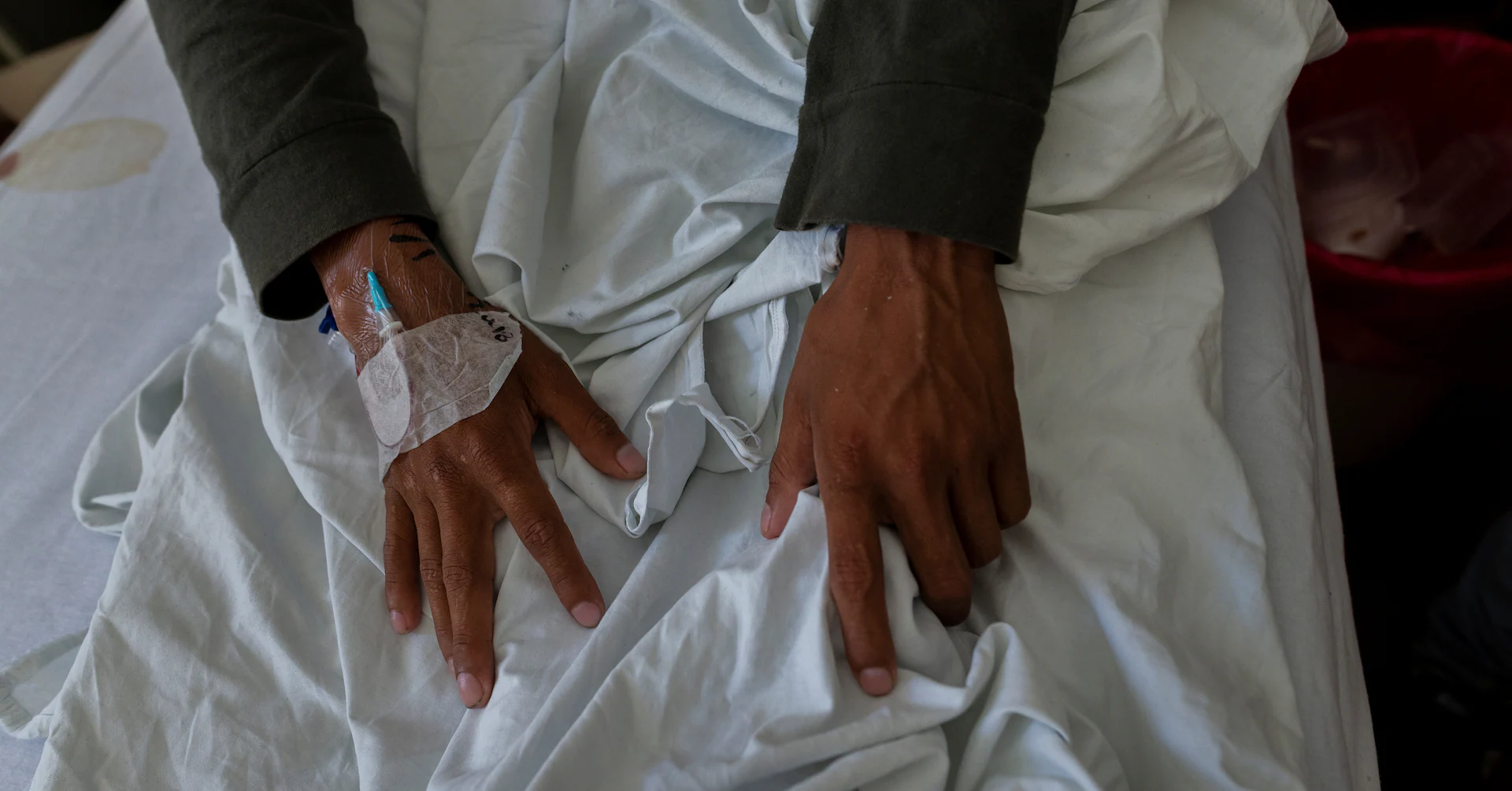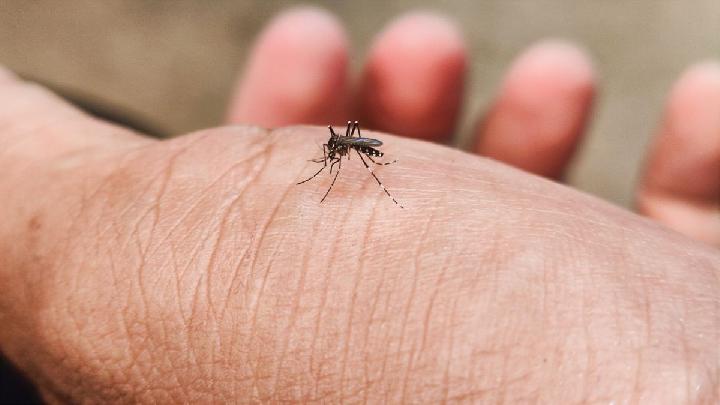Copyright Reuters

Nov 12 (Reuters) - Global tuberculosis illness rates fell about 2% from 2023 to 2024, according to a World Health Organization report, after rising for three consecutive years due to COVID-related disruptions to diagnosis and treatment. Most indicators of the disease burden were moving in the right direction after setbacks during the pandemic, but progress still fell short of 2030 targets, the agency said. Sign up here. WHO adopted the "End TB Strategy" in 2014 and 2015 that included targets for 2020, 2025, 2030 and 2035 to sharply cut tuberculosis incidence, deaths and patient costs. In 2024, 1.23 million people died from TB, a fall of 29% from 2015. The health agency said this was far from its goals of a 75% reduction by 2025 and a 90% lowering by 2030. "(A) major obstacle is global funding for TB, which has stagnated since 2020," said Tereza Kasaeva, Director of WHO's division for tuberculosis, HIV and related infections. "Modeling studies have already warned that long-term cuts to international donor funding could result in up to 2 million additional deaths and 10 million people falling ill with TB between 2025 and 2035," Kasaeva said. The United States withdrew from the WHO in January, citing alleged mismanagement, creating a multi-billion-dollar gap in the agency's 2026–27 budget and forcing a 21% cut in proposed spending. Critical international aid, particularly from the U.S. Agency for International Development, had helped avert about 3.65 million deaths from the deadly disease last year alone, according to WHO. "With the shocking cuts in international aid we are seeing this year, the children will be hit hardest as they already face the largest gaps in accessing TB care," global medical charity Médecins Sans Frontières said in a statement. WHO said the Geneva-based Global Fund to Fight AIDS, Tuberculosis and Malaria remained the largest international donor for low- and middle-income countries.



